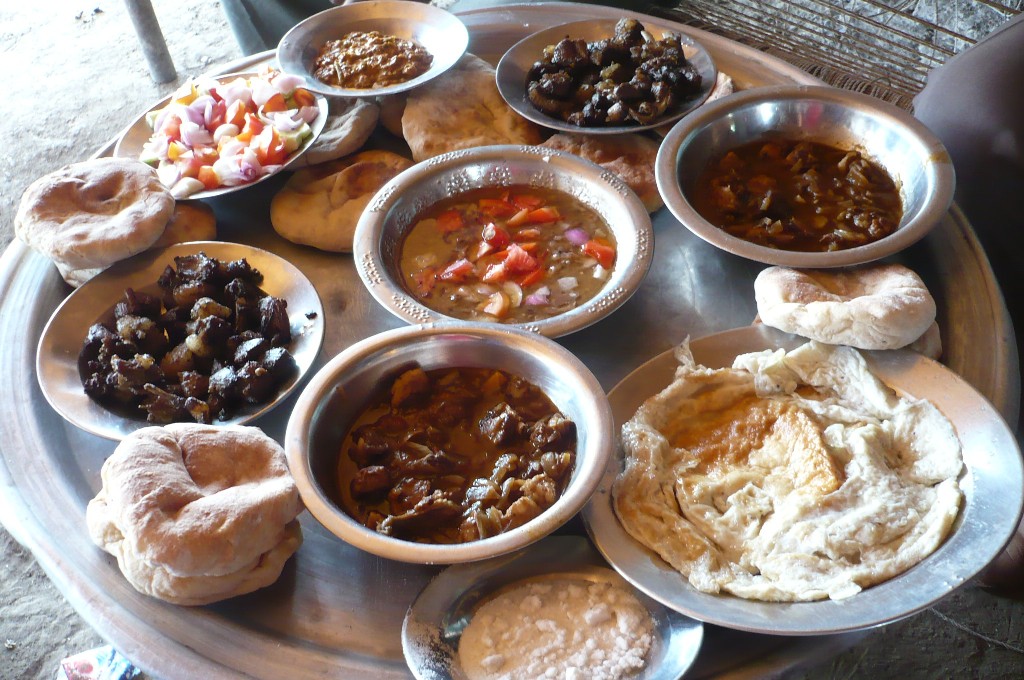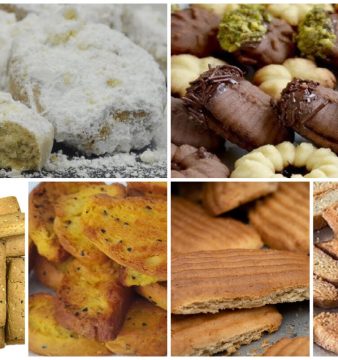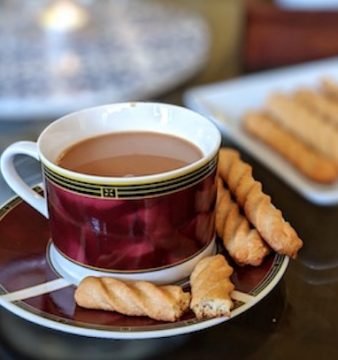Is the Sudanese Cuisine Healthy Enough?
Gambling games and Sudanese cuisine may seem like an unlikely pair, but they have one thing in common – they both have a passionate following. Fans of various gambling games love to indulge in the rich flavors of Sudanese cuisine before, during or after their gaming sessions. Whether it’s playing cards, rolling dice, spinning slot machines or doctor love games there are plenty of options for those who enjoy taking risks. Sudanese cuisine is a melting pot of African and Middle Eastern flavors that has something to offer for every palate. From spicy stews to savory grilled meats and aromatic rice dishes, there is no shortage of delicious food to choose from. For those who prefer lighter fare, there are also plenty of vegetarian options featuring lentils and chickpeas cooked with fragrant spices like cumin and coriander.

Image credit: bitalsudan2010.blogspot.com
Malnutrition is a disease that has an entire ward in every paediatric hospital in north Sudan. But that does not mean adults are exempt from this disease. Be it obesity or malnutrition, majority of the Sudanese population is affected.
The World Health Organization (WHO) calls malnutrition as deficiencies, excesses or imbalances in a person’s intake of energy and/or nutrients. The term malnutrition covers two broad groups of conditions. One is ‘under-nutrition’, which includes stunting (low height for age), wasting (low weight for height), underweight (low weight for age) and micronutrient deficiencies or insufficiencies (a lack of important vitamins and minerals). The other is overweight, obesity and diet-related non-communicable diseases (such as heart disease, stroke, diabetes and cancer).
WHO, in the Global Health Observatory Data Repository/World Health Statistics, states: ‘The prevalence of anaemia among women of reproductive age (from 15 to 49) in Sudan was 30.70% as of 2016.’
Poverty might be the primary suspect in this case, however, the Sudanese cuisine cannot also be held completely irresponsible. While the Sudanese cuisine, with its wide array of ingredients, leaves you with a mouthful of flavours, it does not necessarily leave you with a mouthful of nutrients. Diseases such as diabetes mellitus, hypertension, cardiovascular diseases and gout can be found in almost every household in Sudan.
The Sudanese cuisine is highly dependent on carbohydrates, fats and beans. Most of the dishes contain all the components of the food pyramid — carbohydrates, proteins, fibres and dairy. However, these nutritional ingredients are cooked for hours to obtain that rich flavour and soft texture that is the highlight of almost every Sudanese recipe. When overcooked, their nutritional benefit evaporates and along with it our dietary requirement. So, one could consume the right amount of the different ingredients and yet never meet one’s nutritional requirements.
An article on Nutritional Effects of Food Processing, on nutritiondata.self.com, said: ‘Nearly every food preparation process reduces the amount of nutrients in food. In particular, processes that expose foods to high levels of heat, light, and/or oxygen cause the greatest nutrient loss. Nutrients can also be ‘washed out’ of foods by fluids that are introduced during the cooking process.’
For example, the making of the popular purslane dish, entails having to cook the purslane plant, which is high in its iron content. When cooked for a long period of time, a film of oil appears on the surface of the pot, which signifies that the dish is ready to be served. However, it also signifies that the dish lost most of its nutritional benefit.
When it comes to criticising the Sudanese diet, it is only fair to also point out how low it is in fibres. An entire Sudanese family gathered for lunch consumes an equivalent of one, small plate of salad.
While financial limitations overwhelm most Sudanese families, it is still within our hands to improve our diet and make alterations, such as the way we cook and the amount of fat we use, and move towards a healthier lifestyle.
 Afnan Hassab describes herself as your typical dreamy millennial. A 22-year-old surgeon-in-the-making by morning and a struggling writer and blogger, by night. Dedicated humanitarian, unwavering feminist, relentless debater, obsessive cleaner and a coffee addict among other things. Born and raised in Jeddah, KSA. Went to college in Sudan. Based somewhere between these two countries and more.
Afnan Hassab describes herself as your typical dreamy millennial. A 22-year-old surgeon-in-the-making by morning and a struggling writer and blogger, by night. Dedicated humanitarian, unwavering feminist, relentless debater, obsessive cleaner and a coffee addict among other things. Born and raised in Jeddah, KSA. Went to college in Sudan. Based somewhere between these two countries and more.





Thank you for shedding light on this issue! Although I’m not Sudanese, Indian food has the exact same problem. To enjoy a certain taste, we leave it on the stove for the longest time and assume it’s a healthy meal. I hope we all move to healthy habits.